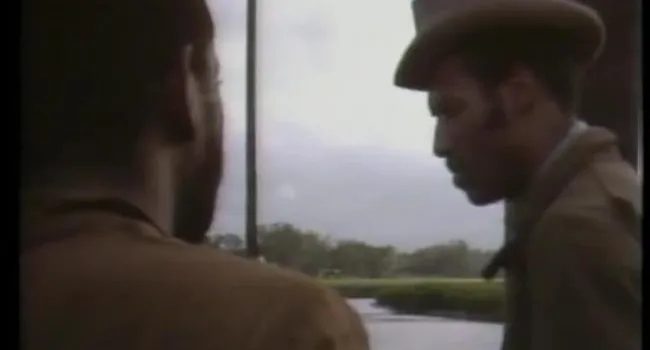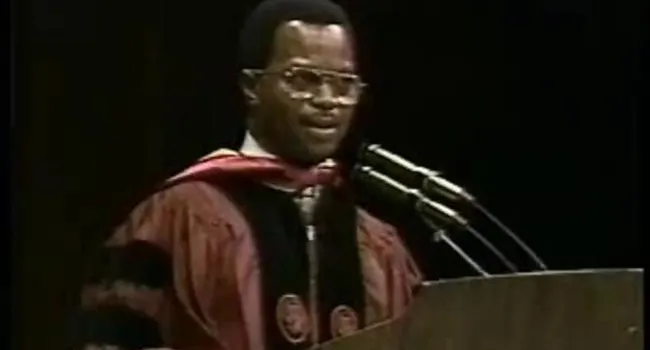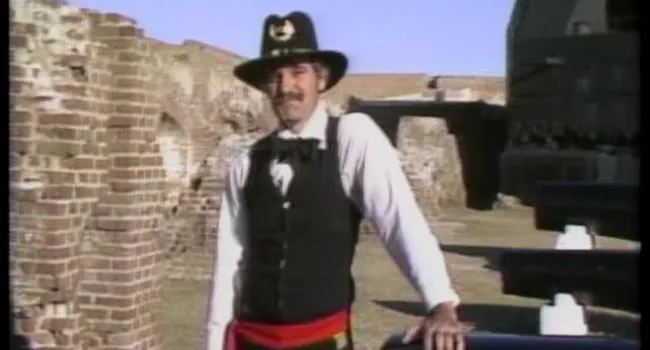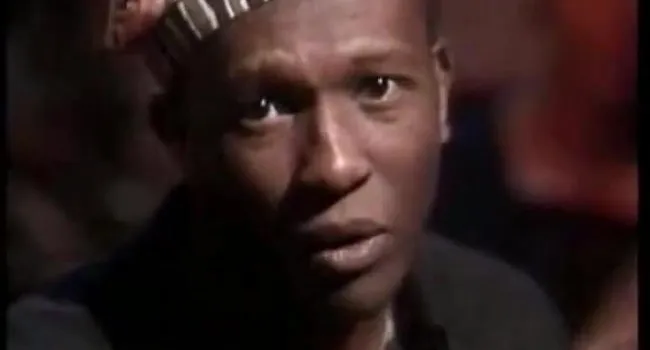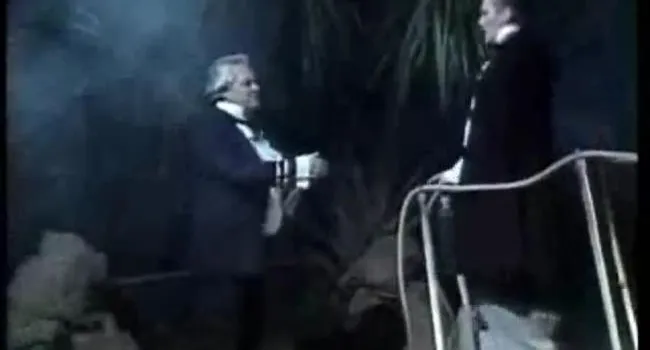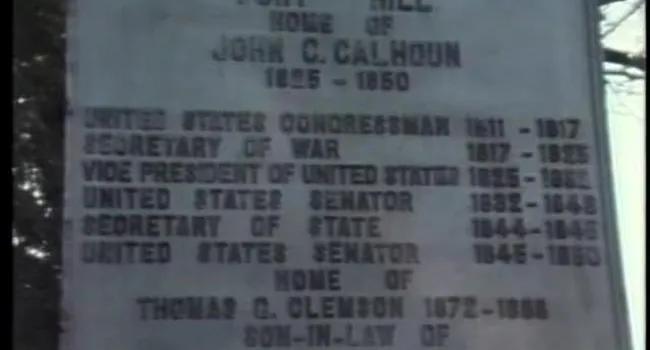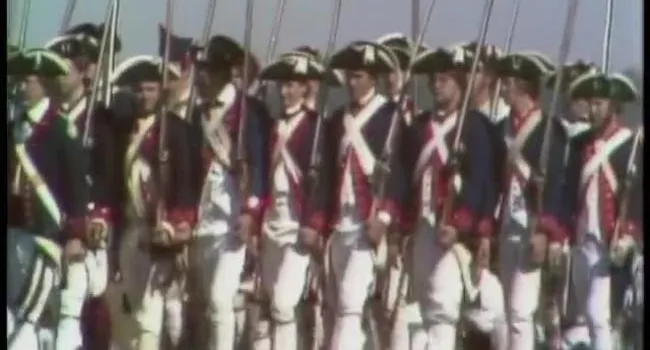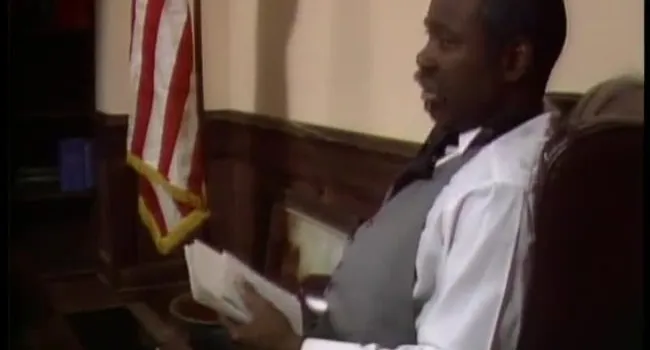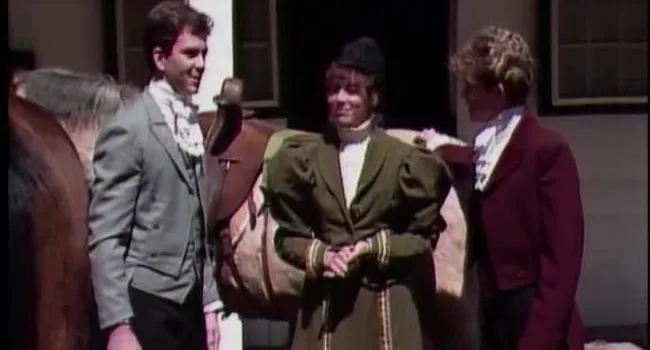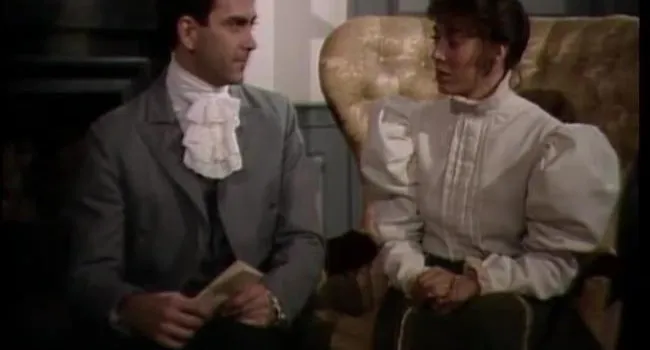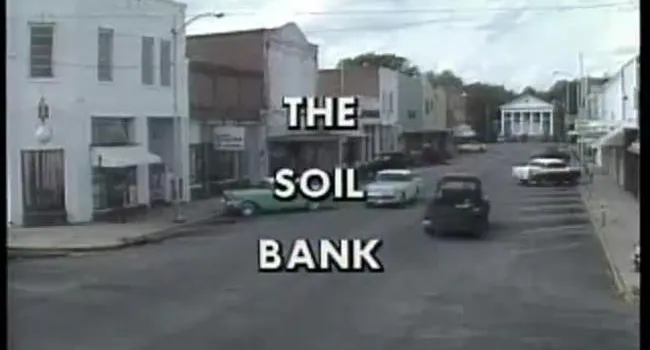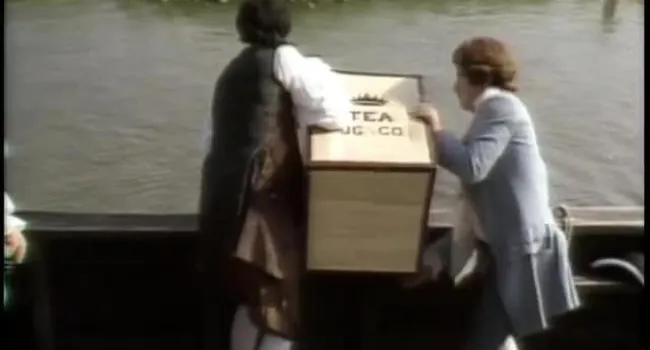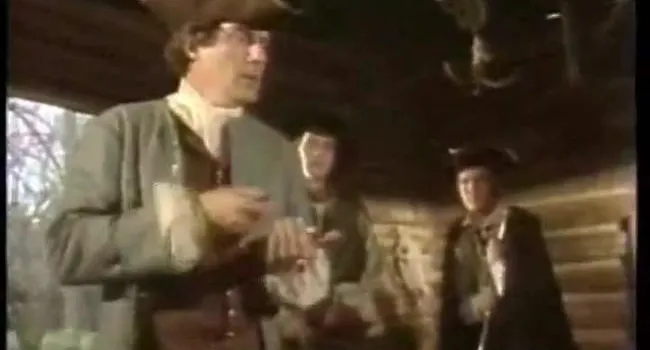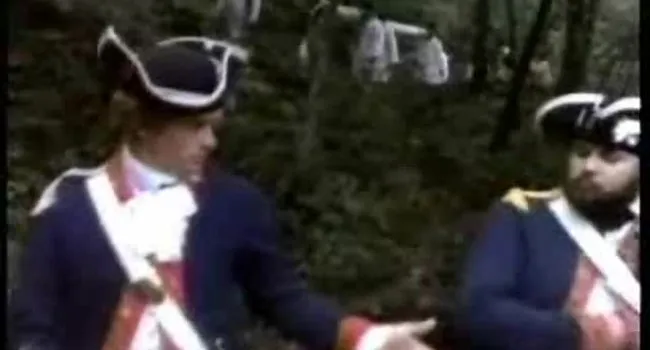Three students take a field trip in "The Palmetto Special" as it travels from Columbia to Georgetown. After a brief stop at Poinsett State Park in Sumter County, the van arrives in Georgetown where they visit the Rice Museum. Some of the processes in the cultivation of rice are reviewed here. Next stop is a daytime visit to the ruins of Prince Fredericks' church and then a return visit that evening for a "ghost hunt."
The Reenactment: The opening scene is the Hot and Hot Fish Club at Waccamaw Neck, c.1850. Young Paul Weston is playing a game of billiards with Hugh Fraser and lamenting his father's recent death. They discuss plantation life, rice and slavery. Paul then leaves to check on some trucks at one of his plantations. There he visits two slaves, Tricia and John Judah, who describe for him the functional operation of the Trunk System. At the request of Mr Fraser, Paul then checks on the progress of work at Prince Fredericks and talks to Mr. Gunn.
Major locations for the reenactnrent were:
- Pawley's Island, South Carolina
- Annandale Plantation, Georgetown, South Carolina,
- Trinity Episcopal Cathedral, Columbia, South Carolina.
Mr. Gunn was a real person. Whether or not he is a real ghost is left up to the individual. The other characters, while based on real people, were fictitious. The situations were representative of the situations that occurred.
Standards
- 4.1.CX Contextualize the experience of Africans, Europeans, and Native Americans in South Carolina.
- 4.1.CE Identify the effects of changing economic systems on the diverse populations in British North America.
- 4.1.E Analyze multiple perspectives on the economic, political, and social developments of British North America and South Carolina.
- 8.1.CO Compare the three British North American colonial regions economically, politically, socially, and in regard to labor development.
- This indicator was developed to encourage inquiry into how the three British colonial regions developed in terms of their culture, economies, geography, and labor. The indicator was also developed to encourage inquiry into the unique story of the development of South Carolina.
- 8.1.CE Analyze the factors that contributed to the development of South Carolina’s economic system and the subsequent impacts on different populations within the colony.
- This indicator was designed to encourage inquiry into the geographic and human factors that contributed to the development of South Carolina’s economic system. This indicator was also written to encourage inquiry into South Carolina’s distinct social and economic system as influenced by British Barbados.
Resources
You need to be logged in to listen to view this content. Create an account now; it's quick, easy, and free!
Log In to View







